Central American Food Dishes: Basic Overview
Common Ingredients
Common Cooking Methods
Eating Etiquette
Meal Presentation
Influence and Fusion
Central American Food Dishes: Origin and Region
Cuisine
Cuisine’s Geographical Territory
Cuisine’s Regions
Popular Types of Central American Dishes
-
Rice Dishes
Including rice, spices, vegetables, and sometimes meats.
These dishes are staples in daily meals and celebrations.
-
Stews and Soups
Are hearty and flavorful dishes made with meats with vegetables in rich, aromatic sauces.
Served hot with other foods.
Commonly enjoyed during family gatherings and special occasions.
-
Snacks
Light and often portable foods.
These can include street food items and quick bites.
Central American dishes are more wonderful than you can imagine. As a part of Latin America, you’ll explore the 24 most popular delicacies across Central America, which feature culinary creations of Belize, Costa Rica, El Salvador, Guatemala, Honduras, Nicaragua, and Panama.
Each Central American dish features different fresh and locally sourced ingredients. The taste profile of Central American dishes is a delightful blend of savory, sweet, and spicy.
Moreover, the cuisine in Central America has been shaped by indigenous traditions, Spanish colonization, and African and Asian influences, with a touch of Caribbean flair.
Whether you’re a seasoned foodie or new to this cuisine, this comprehensive guide will give you a deeper appreciation of its flavors and cultural significance.
24 Popular Central American Dishes with Filters
Below are the 24 most popular delights that you can find in Central America. They range from snacks to main course, from savory to sweet treats. You can use the filter function to search for your desired dish quickly.
Pupusas
- National
- Street Food
- Traditional
Pupusas are thick griddle cakes or flatbreads made from cornmeal or rice flour from El Salvador in Central America.
Stuffed with chicharrón, squash, refried beans, cheese, or loroco buds, pupusas provide delightful flavors. Traditionally served with curtido, a spicy fermented cabbage slaw, and tomato salsa, they are best enjoyed by hand.
Regarding their appearance, pupusas resemble arepas from Colombia and Venezuela but stand out due to their unique fillings. Plus, pupusas are not limited to El Salvador. In Honduras, they often include local cheese, while Costa Rica features both Salvadoran and Honduran varieties.
In El Salvador, these flatbreads are celebrated on National Pupusa Day, the second Sunday of November.
Gallo Pinto
- National
- Traditional
Gallo pinto is a famous and traditional breakfast dish made of rice and beans in Central American countries, especially Costa Rica and Nicaragua. Its name, meaning “spotted rooster,” reflects the appearance of the rice and beans.
Gallo pinto features white rice and either black or red beans. The beans, simmered with onions, bell peppers, and garlic, are mixed with the rice and seasoned with cilantro and salsa lizano, a tangy, slightly sweet Costa Rican condiment.
In Costa Rica, it normally pairs with scrambled or fried eggs, tortillas, and sometimes fried plantains. In Nicaragua, grilled meat or cheese is an ideal accompaniment. While commonly eaten for breakfast, it suits any meal.
Tamale
- Traditional
Tamales are a beloved dish across Central America made of masa (a starchy dough, usually corn-based) with fillings. Common fillings include meats, cheeses, fruits, vegetables, or chilies, often accompanied by a sauce.
Central American tamales are typically wrapped in banana leaves, but this varies by region, with some areas using corn husks. They also have different names and specific varieties based on the country.
In El Salvador, tamales are essential for Christmas holidays, with variants like tamales de elote (corn) and tamales pisques (bean). Guatemalans enjoy tamales at midnight on December 24th and 31st, and at celebrations, with types like red tamales and chuchitos.
In Nicaragua, they are known as nacatamales, which are larger, filled with meat and vegetables, and steamed in banana leaves. The Honduran street food scene includes tamalitos, which are sweet corn tamales.
Baleada
- Street Food
- Traditional
Baleada is a traditional Honduran dish with a thick flour tortilla folded in half and filled with various ingredients. They are a versatile street food that dates back to 1964 and from the city of La Ceiba on the northern coast of Honduras.
The basic version typically includes refried red beans, crumbled cheese, and a dollop of cream or sour cream. Additional fillings include scrambled eggs, avocado, ground beef, chicken, or sausage.
Baleadas are often served with a side of hot sauce or pickled onions. Baleada sencilla is the simplest version of the dish, but if you look for a heartier version, try baleada especial with extra toppings like avocado, grilled chicken, or steak.
There are also other common variants, like baleada con todo (loaded with everything), baleada mixta (mixed meats combo), baleada con huevo (with scrambled eggs), or baleada con pollo (with shredded chicken).
Carne Asada
- Traditional
Carne asada is another famous dish in Central America, featuring marinated and grilled beef, typically served with accompaniments like tortillas, guacamole, and salsa. Other sides might include rice, beans, or grilled vegetables.
Carne asada uses quality beef, often skirt or flank steak. The meat marinates in a blend of citrus juices, garlic, cilantro, and spices. Once marinated, the beef grills over high heat. That’s why they normally have smoky chars.
In Central America, carne asada is often served at festive gatherings and family meals that bring people together.
Sopa de Mondongo
- Traditional
Sopa de Mondongo is a traditional tripe soup with vegetables and spices in various Central American countries, such as Panama, Nicaragua, Honduras, etc.
The main ingredient is simmered beef tripe with vegetables like potatoes, carrots, bell peppers, and corn. Spices such as cumin, oregano, and cilantro add depth. All of them are slow-cooked to meld flavors.
Sopa de Mondongo is served hot with rice, avocado slices, and lime wedges. Some variations include plantains or yuca for added texture.
Arroz con Pollo
- Traditional
In Central America, arroz con pollo is a staple with seasoned chicken and flavorful rice.
Every family has their own way of preparing arroz con pollo, but it is often a blend of white rice, chicken, achiote, and the Salsa Lizano, a sauce created in Costa Rica in 1920. This sweet, tangy, and subtly spicy condiment gives Arroz con Pollo its distinct flavor.
This chicken and rice dish is typically served with fresh salad, avocado slices, fried plantains, and a squeeze of lime juice. You may come across its other well-loved variations, like arroz con camarones made with shrimp.
Rondon
- Traditional
Rondon, also known as “Run Down,” is a traditional dish from the Caribbean coast of Central America, particularly popular in Costa Rica, Nicaragua, and Panama.
Rondon includes seafood (like fish, crab, and shrimp) in coconut milk with root vegetables (like yuca, yams, and sweet potatoes).
This dish is traditionally served hot with rice or cassava bread to soak up the delicious broth. It is often prepared for special occasions and communal gatherings.
Vigorón
- Street Food
- Traditional
Vigorón is a staple in Nicaragua, featuring tangy cabbage salad, boiled yuca, and fried pork belly or rinds. It’s served communally, often enjoyed by hand, and commonly offered to guests.
The dish was created in 1914 by María Luisa Cisneros Lacayo in Granada, Nicaragua. She named it after a medicinal tonic.
Vigorón’s appeal extends to Costa Rica, with variations like Vaho, which includes green or ripe plantains and pressure-cooked brisket.
Ceviche
- Street Food
- Traditional
Ceviche is made with fresh seafood marinated in citrus juices, typically lime or lemon. This refreshing delight highlights the region’s coastal influences in Central America. It also comes with other names, such as cebiche, sebiche, or seviche.
The seafood is diced and marinated in a mixture of citrus juices, which “cook” the fish through a process called denaturation. This method gives the seafood a firm texture and tangy flavor.
Moreover, its ingredients vary based on region. In Nicaragua and Costa Rica, ceviche variations are made with lime juice, salt, black pepper, cilantro, peppers, and onions.
Panama has a different version called ceviche de corvina. It uses white sea bass, lemon juice, celery, cilantro, and sea salt. But in general, this seafood dish is usually served chilled in cocktail cups, topping tostadas, or stuffed in tacos.
Casado
- National
- Traditional
Casado is a hearty Costa Rican delight with rice, beans, plantains, salad, and protein (like fish, beef, chicken, or pork). It’s usually served as a lunch or dinner.
Casado is usually served on a large plate, with each component neatly arranged. Sometimes, the dish is complemented with picadillo (a vegetable hash) or tortillas. It often pairs with refreshing drinks like horchata or a natural fruit juice.
The name Casado, meaning “married” or “married man,” might have originated from working husbands getting such meals packed by their wives. Alternatively, it can symbolize the unbreakable bond between the ingredients.
Pepián
- National
- Traditional
Pepián is a traditional Guatemalan stew that combines meat, vegetables, and a rich, spicy sauce. It reflects Guatemala’s deep culinary traditions and indigenous heritage.
The meats, typically chicken, beef, or pork, are cooked with vegetables such as carrots, potatoes, and squash. The sauce is the heart of Pepián, made from roasted tomatoes, chilies, pumpkin seeds, and sesame seeds. These ingredients are blended into a thick paste.
Pepián is traditionally served hot, accompanied by rice and warm corn tortillas. Don’t forget to add a sprinkle of fresh cilantro or a squeeze of lime juice when enjoying it.
Yuca con Chicharrón
- Street Food
- Traditional
One of my absolute favorite foods from El Salvador and Honduras is Yuca con Chicharrón. This dish is a combo of boiled yuca roots, fresh lemon juice, cabbage, crispy pork Chicharrón, and a zesty tomato-based hot sauce.
While it’s a popular side dish for soups, tamales, or roasted meats, it’s so full-flavored that it can stand alone as an appetizer, too.
Tostones
- Street Food
- Traditional
Tostones are simple twice-fried plantain slices. These slices are fried in hot oil until they soften and start to turn golden. They are also flattened with a tostonera (a wooden or metal press) or a flat object like a plate and fried again until they become crispy and golden brown.
Tostones are typically served hot and can be enjoyed on their own or with various dipping sauces such as garlic sauce, salsa, or guacamole. They also make a great accompaniment to meals, adding a satisfying crunch to dishes like grilled meats, seafood, and rice and beans.
Across Central America, they go by different names, such as patacones in Panama. You can enjoy them as a snack and find them at street food vendors.
Kak’ik
- National
- Traditional
Kak’ik is a time-honored Guatemalan dish that dates back to pre-Hispanic times. It walks the line between soup and stew. Its name is a mix of the Q’eqchi’ words for “red” and “spicy,” describing the essence of this dish.
Basically, kak’ik is a delicious blend of dark Chompipe turkey meat and a lightly spiced red broth. It offers a hearty meal when the air turns chilly. Kak’ik was acknowledged as Guatemala’s Intangible Cultural Heritage in 2007.
Popular side dishes for this soup are rice, white tamales wrapped in mashán leaves, chili, and a cocoa drink.
Quesillo
- Street Food
- Traditional
Quesillo is a well-loved street food in Central America. At its core, this dish is a thick corn tortilla wrapped around soft cheese, pickled onions, sour cream or a sauce made of liquid cheese and vinegar.
It is often sold as a quick snack at roadside stalls. Interestingly, there is a lot of pride and rivalry among street vendors associated with Quesillo. Two vendors on the road between Managua and León famously claimed to serve the original and the best!
Its sibling, Tortilla con Quesillo, is a Honduran snack made with the same method. It features two corn tortillas encasing melting, salty cheese.
Jocon
- National
- Traditional
Jocon is a vibrant green stew made with chicken, tomatillos, and fresh herbs from Guatemalan cuisine.
It’s prepared by simmering chicken in a beautifully green sauce of tomatillos and cilantro. Adding ground sesame, pumpkin seeds, and corn tortillas makes the texture pleasant to the palate.
Jocon is traditionally served hot, accompanied by rice and warm corn tortillas. This chicken stew is perfect for warming the heart and stomach in cold weather. It is also popular in Mexico, under the name of “chicken in salsa verde.”
Sopa de Caracol
- National
- Traditional
Sopa de caracol is a soup of significant fame in Honduran cuisine. It features large conchs (sea snails) cooked in creamy coconut milk.
Sopa de caracol gains depth with added conch broth, plantains, cassava, and aromatic spices such as coriander, garlic, and chili. This soup is served hot, often garnished with lime wedges and fresh cilantro, accompanied by tortillas.
It shares popularity across the Caribbean. For example, the soup is known as Bahamian chowder in the Bahamas.
Fiambre
- National
- Traditional
Fiambre is a cold salad typically enjoyed during the Day of the Dead celebrations. It includes various ingredients, including meats, sausages, cheeses, and some pickled vegetables, all marinated in a tangy vinaigrette.
The recipe for this salad is passed down through generations and may vary from family to family.
As a result, there are numerous versions: fiambre rojo comes with beets, fiambre blanco is beet-less, fiambre verde caters to vegetarians, and fiambre desarmado leaves the ingredients separately rather than mixing them.
Tapou
- National
- Traditional
Tapou is a Belizean creamy stew primarily made from fish cooked in a coconut milk broth with plantains, yams, and local spices.
Add bell peppers, tomatoes, achiote paste, and a squeeze of orange and lime juices, and you’re in for a culinary rollercoaster. Root vegetables like cassava and potatoes mingle with the tropical taste of plantain, while cilantro and local spices add a flavorful flourish.
Serving suggestions include a bed of rice, Marie Sharp’s hot sauce, and lime wedges for an extra zing.
Indio Viejo
- National
- Traditional
With roots dating back to the colonial era, indio viejo (“old Indian” in Spanish) is a hearty Nicaraguan stew. It has a porridge-like texture formed from shredded corn and beef.
While indio viejo has different names across Nicaragua, the ingredients always stay consistent. This stew is normally served hot with rice.
It is a classic dish for many special occasions: patron saint parties, weddings, or outdoor banquets.
Bistec Picado
- Traditional
Bistec picado is a flavorful and popular beef dish in Central American cuisine, particularly in countries like Costa Rica, Nicaragua, and Panama.
It is a hearty and home-cooked meal including tender beef cooked with various vegetables (e.g., tomatoes, bell peppers) and spices.
Bistec picado is ideal for pairing with rice and beans, fried plantains, tortillas, or a fresh salad.
Tapado
- National
- Traditional
Tapado is a traditional Garifuna dish from the Caribbean coast of Central America, particularly in Guatemala and Honduras. This is a hearty seafood soup/stew whose main ingredients are seafood (like fish, shrimp, crab, or even lobster), plantain, yuca, coconut milk, and fresh spices.
The name “Tapado” translates to “covered,” which refers to the cooking method where the pot is often covered to allow the ingredients to steam and meld together.
Tapado is a popular choice in beach destinations like Tela and Roatan in Honduras. Plus, tapado takes center stage on Garifuna Settlement Day, one of Guatemala’s most flamboyant festivals.
Rellenitos
- Street Food
- Traditional
Rellenitos is a cherished Guatemalan dessert made with sweet plantain dough filled with a rich bean and chocolate mixture. They are then fried to golden perfection.
Therefore, rellenitos are best enjoyed hot, often dusted with powdered sugar or served with a drizzle of honey for extra sweetness.
In Guatemala, rellenitos are a popular street food and festive treat. It’s also an ideal vegetarian dish.
List of Central American Dishes by Country
Which Central American Country Has The Best Food?
Here are 3 countries celebrated for their culinary traditions and the popularity of their dishes, making them standout choices for those exploring the best food in Central America.
However, determining which Central American country has the best food also depends on personal preferences. But these are highlights from these countries. Moreover, it’s even better if you can pair these foods with the right drinks in Central American cuisine.
Overall, Central American dishes are full of flavors in every bite. From the earthy flavors of corn to the refreshing zest of tropical fruits, there is always something to awaken and refresh your senses.
Next time somebody suggests trying Latin American food, you can try nudging them into Central American food.
Finally, if you find this post useful, please share it with your foodie friends to make this cuisine more popular. And don’t forget to drop a comment below: let me know your favorite Central American dish!


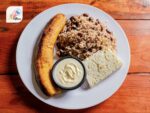


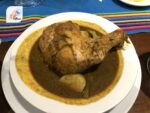
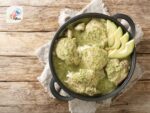




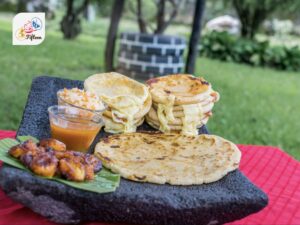
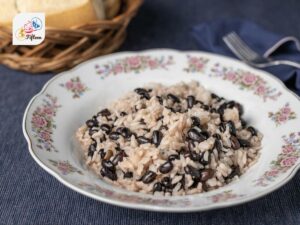
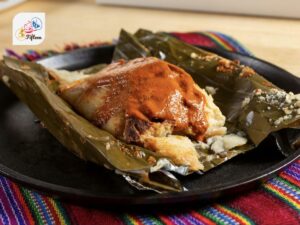
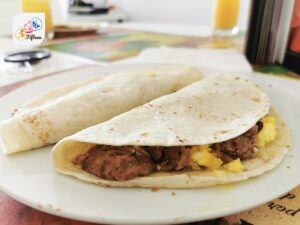
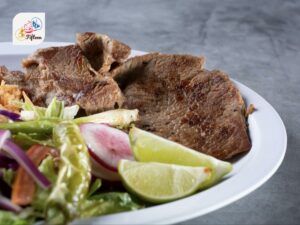
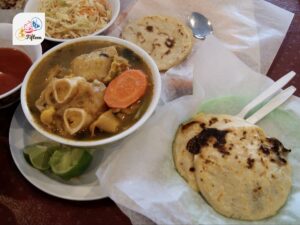
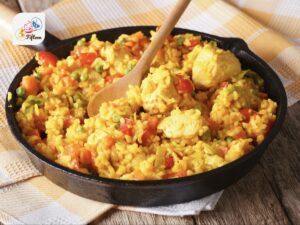
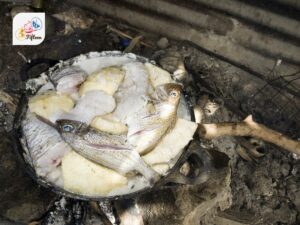
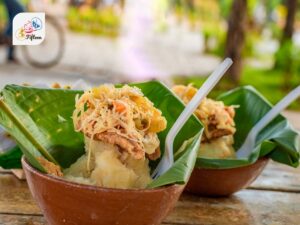
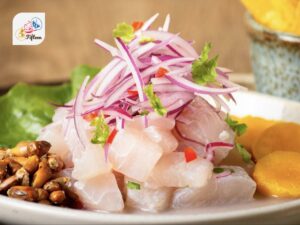
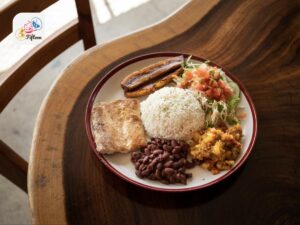
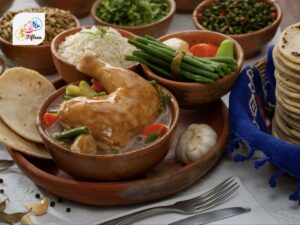

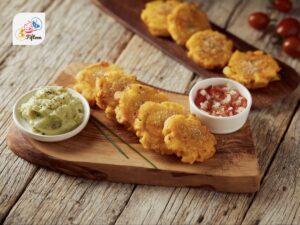
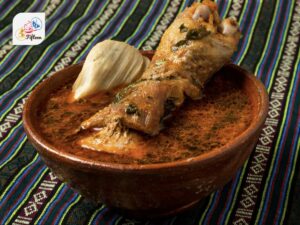
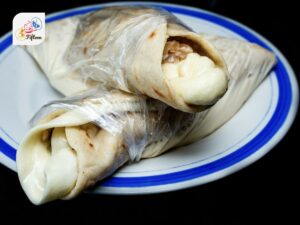
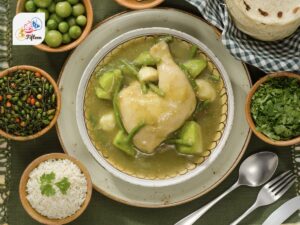
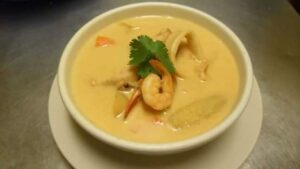
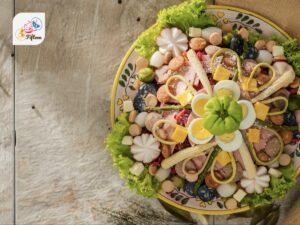
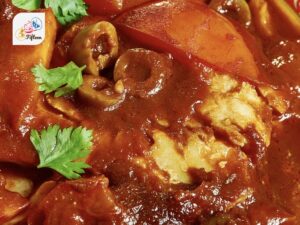
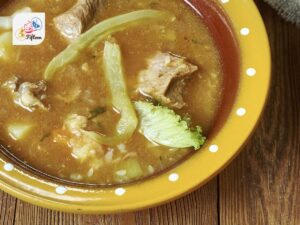
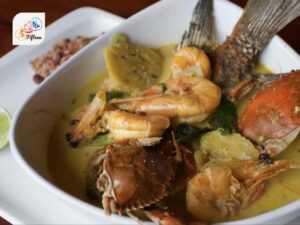

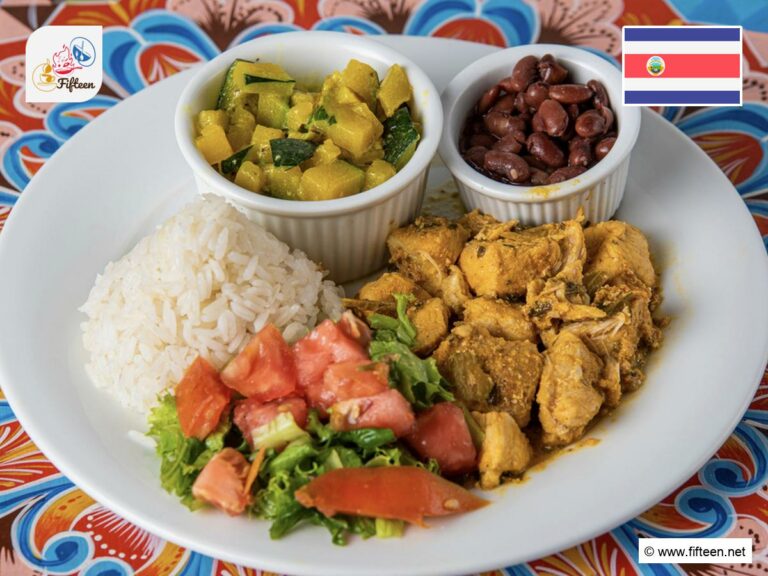
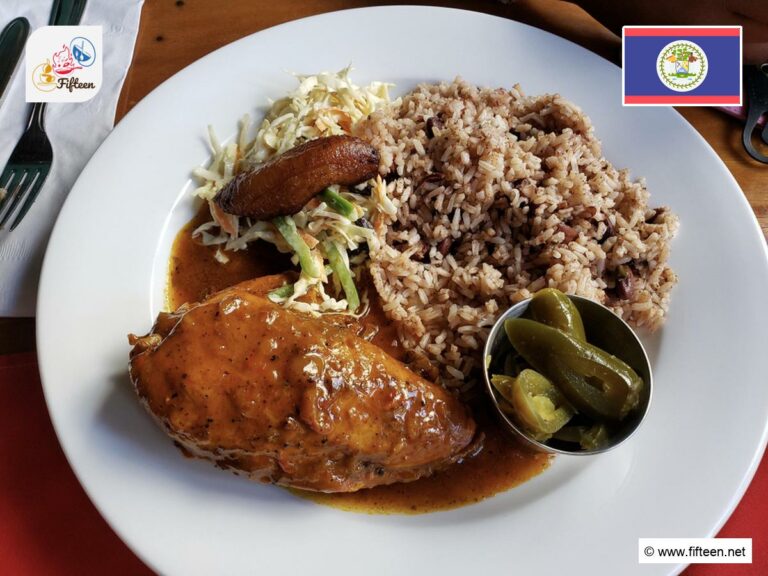
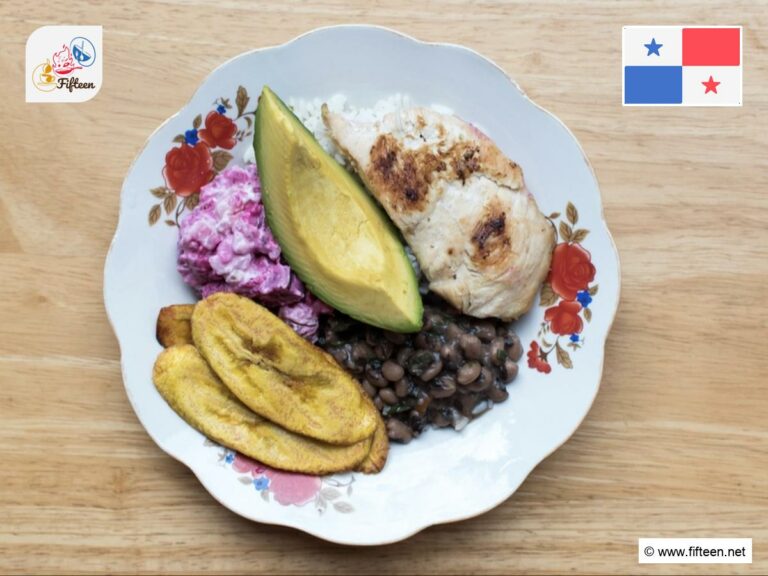
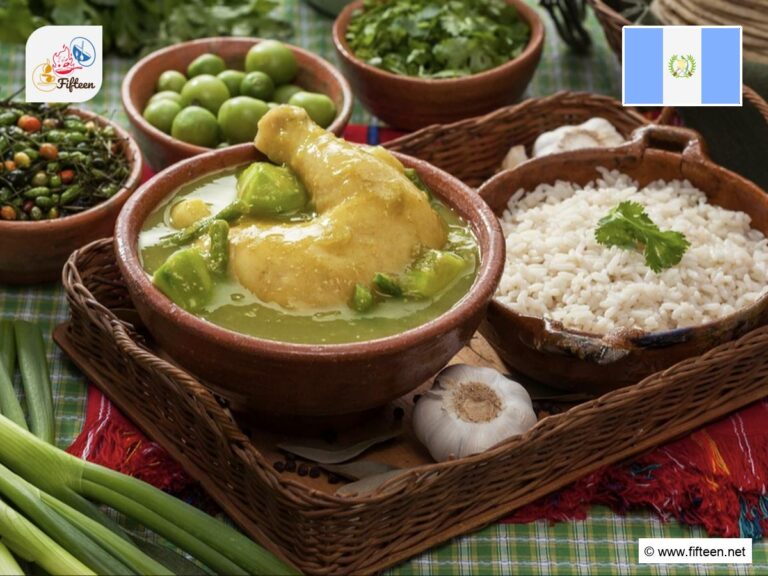
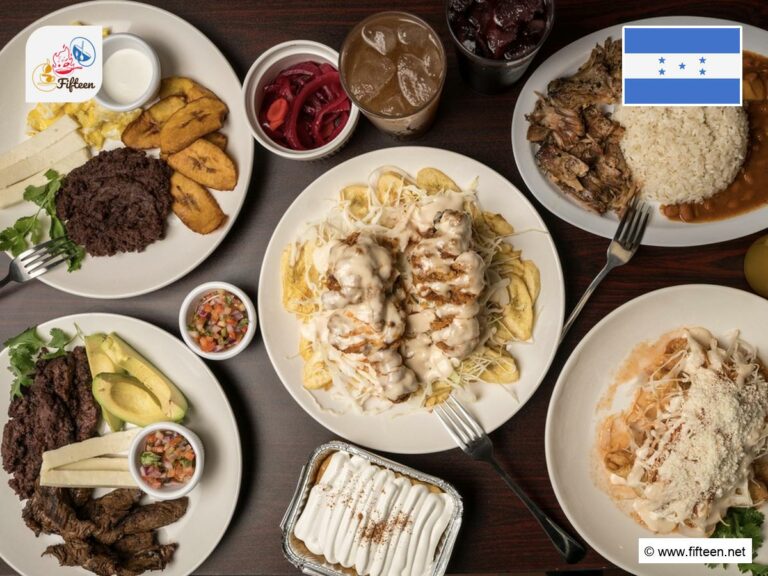
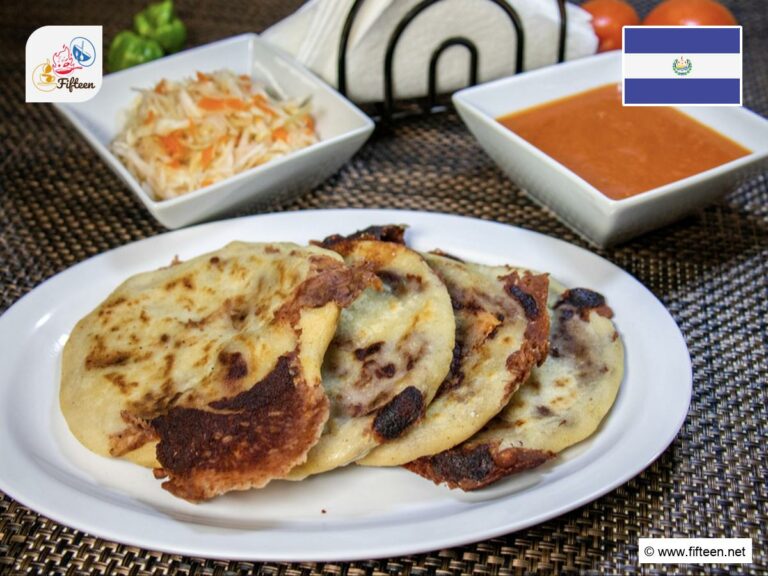
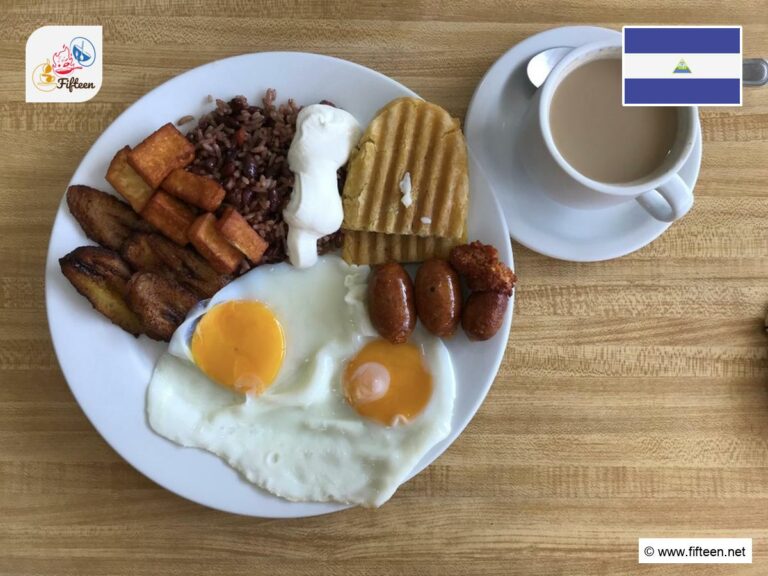
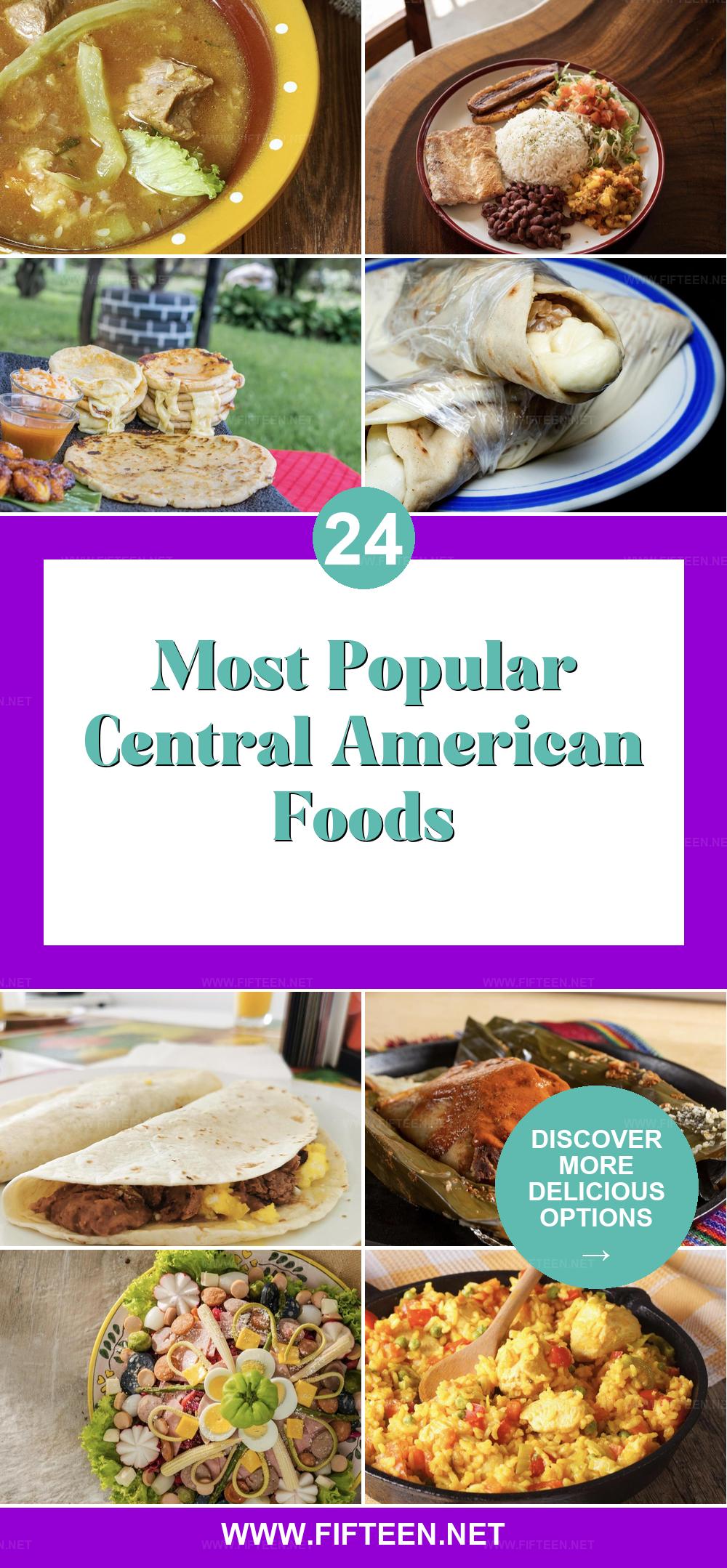
Jamie Scott
Editor in Chief, Senior Content Writer
Expertise
Home Cooking, Meal Planning, Recipe Development, Baking and Pastry, Food Editor, Cooking-video Maker, Western Food Evaluation Expert
Education
Le Cordon Bleu College of Culinary Arts
Local Community College, New York, NY
Jamie Scott is a skilled culinary expert and content creator specializing in Western cuisine. With over 15 years in the culinary field and formal training from Le Cordon Bleu, Paris, Jamie deeply understands how to blend nutrition with delicious flavors. His passion for cooking matches his commitment to making healthy eating accessible and enjoyable.
On Fifteen.net, Jamie brings a fresh perspective to classic dishes and beverages, offering readers insightful recipes, cooking tips, and a fresh view on meal planning that emphasizes taste, health, and simplicity.